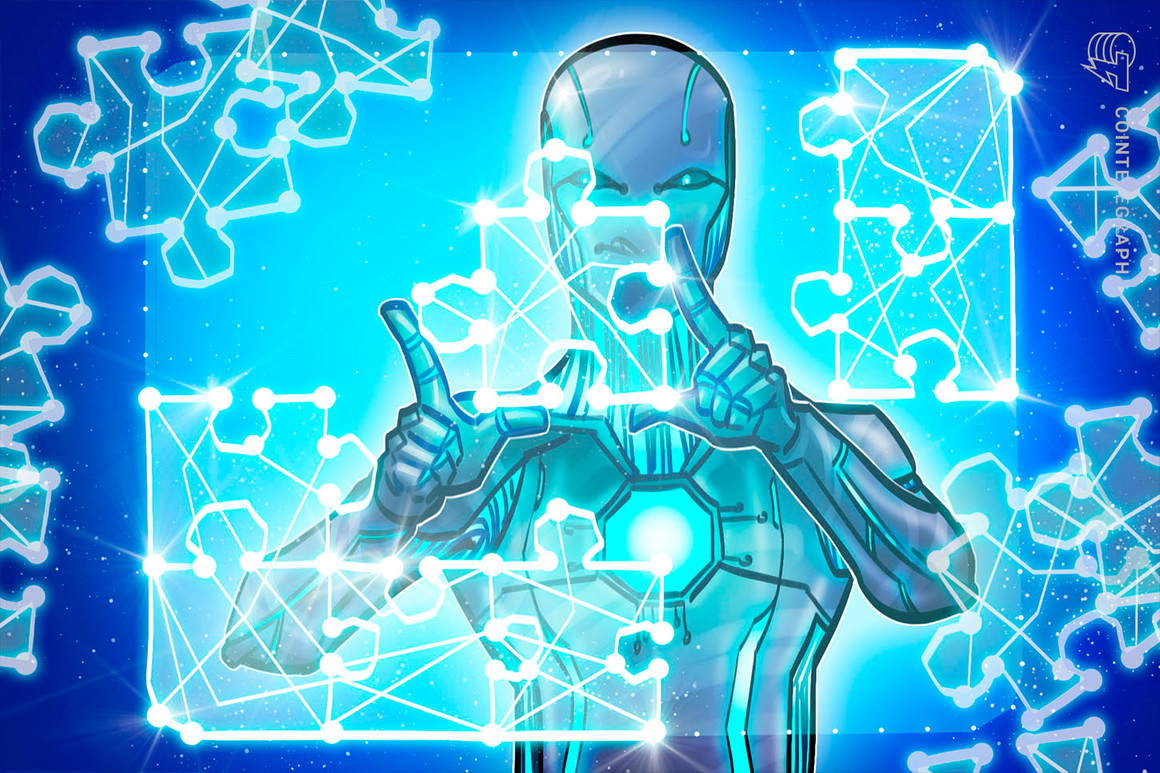The metaverse space is moving rapidly in terms of hype and the volume of new projects being launched — so much so that the industry market size is projected to grow from $100.27 billion in 2022 to $1,527.55 billion by 2029. But how many of these new projects are even remotely capable of realizing the actual vision set out?
We’re a long way from seeing a true metaverse
Many of the metaverse projects that have been launched are in the world of gaming. However, more often than not, these projects simply consist of standard gaming features combined with virtual reality and NFTs. A true metaverse, in the sense of a digital parallel universe to our analog world, a digital simulated reality in which participants can take part in diverse social, economic, entertainment and artistic activities in a variety of self-organized groupings and environments, has yet to be realized.
Realizing this full vision requires easy portability of users, numerous wildly diverse metaverse shards, and simple user construction of new places and spaces — a vision that we are still developing the technology for.
Related: Here’s how the Metaverse enables inclusivity for genderqueer people
One underappreciated fact about the Metaverse is that it fundamentally needs artificial intelligence woven in at its core in order to provide a lasting user value proposition. Mark Zuckerberg clearly realizes this, but the majority of crypto-world entrants into the space are far less AI-oriented. But how exactly will AI improve the Metaverse?
Solving the “underpopulated metaverse” problem
Competition between developers will land early adopters in thinly populated worlds — an issue that AI can remedy.
The Metaverse presents a huge opportunity for new and existing tech companies to expand their offerings, generating new revenue streams. There are over 160 companies currently working on their own worlds — each competing to be the leading metaverse provider. It’s unlikely that we’ll have “one provider to rule them all,” but will instead have a large variety of options available to us, each with its own unique offerings.

The advantage of this is a more diverse environment for end users, who will be able to choose from a variety of experiences. The downside is that, with so many platforms vying for customer attention and offering so many different experiences, the various metaverses will be sparsely populated in their early days. As interacting with a metaverse is an inherently social experience, this presents a huge problem.
AI-driven non-player characters can help tremendously with the underpopulated metaverse problem. Being one of the first few users in a new world may feel briefly exciting — but if there’s nobody there to interact with and nobody doing interesting things, it will get old fast. A society of AI characters building, conversing, playing music, making art and buying and selling can turn a metaversal ghost town into a scintillating hotbed of digital activity.
The result of this will be countless lively worlds, which will inspire more people to join the Metaverse — eventually reaching a point where non-player characters (NPCs) will be a bonus, rather than a necessity.
Related: Web3 is crucial for data sovereignty in the metaverse
Guiding users through the Metaverse
With a number of tech companies working on their own metaverses, users will not only require the ability to choose the one they want to interact with, but also the ability to seamlessly move between each individual metaverse. This is where blockchain will be an essential tool. Blockchain allows easy portability of property between all of the small, manageable chunks of data that make up a blockchain network — shards. This feature of the technology will allow users to move between each unique metaverse with ease. However, moving between worlds presents another issue: Users will require an introduction to each new world they enter.
Read More: cointelegraph.com









 Linear
Linear  Stride Staked DYDX
Stride Staked DYDX  TROY
TROY  Arc
Arc  Acolyte by Virtuals
Acolyte by Virtuals  Pirate Chain
Pirate Chain  Biswap
Biswap  Infinitar Governance Token
Infinitar Governance Token  Sturdy
Sturdy  A Hunters Dream
A Hunters Dream  Klever
Klever  Boson Protocol
Boson Protocol  GOUT
GOUT  Tranchess
Tranchess  Giko Cat
Giko Cat  GoGoPool ggAVAX
GoGoPool ggAVAX  Spectra [OLD]
Spectra [OLD]  Grok
Grok  Mossland
Mossland  Joe Coin
Joe Coin  PHNIX
PHNIX  Ekubo Protocol
Ekubo Protocol  Luce
Luce  Cloud
Cloud  Streamr
Streamr  Shardus
Shardus  Ribbon Finance
Ribbon Finance  Spectre AI
Spectre AI  Steem Dollars
Steem Dollars  Vertex
Vertex  GameFi.org
GameFi.org  Concordium
Concordium  DexTools
DexTools  cBAT
cBAT  Zefi
Zefi  AMATERASU OMIKAMI
AMATERASU OMIKAMI  REVOX
REVOX  Nexera
Nexera  ParaSwap
ParaSwap  ORBIT
ORBIT  TriasLab
TriasLab  district0x
district0x  Strawberry AI
Strawberry AI  PYTHIA
PYTHIA  Synternet
Synternet  Rich Quack
Rich Quack  Ultra
Ultra  Streamr XDATA
Streamr XDATA  XSGD
XSGD